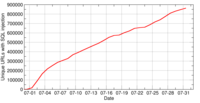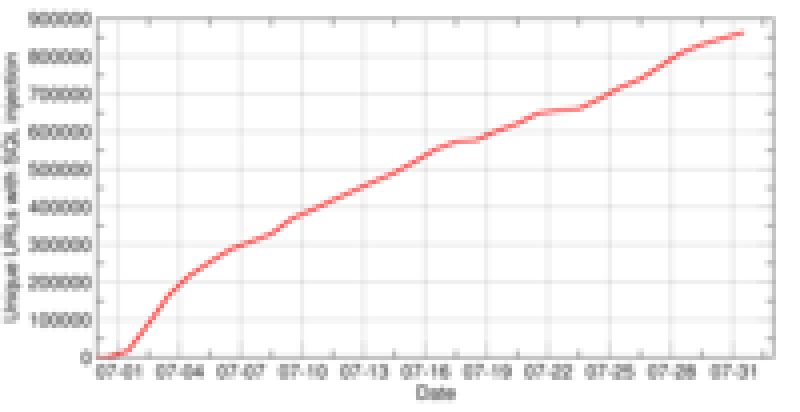
The situation has slightly changed since then, Asprox has become quiet and most of the SQL Injection attacks seem to originate from Chinese sites. One way to determine if a site has been injected with malicious content is the Safe Browsing diagnostic page which shows infection domains and also how many sites they compromised. Here is an example of a Chinese SQL injection domain, ko118.cn.
To help web application developers, OWASP has published detailed guidelines on preventing SQL injection attacks. More importantly if your web site was SQL injected, its database needs to be cleaned to remove the injected content.
